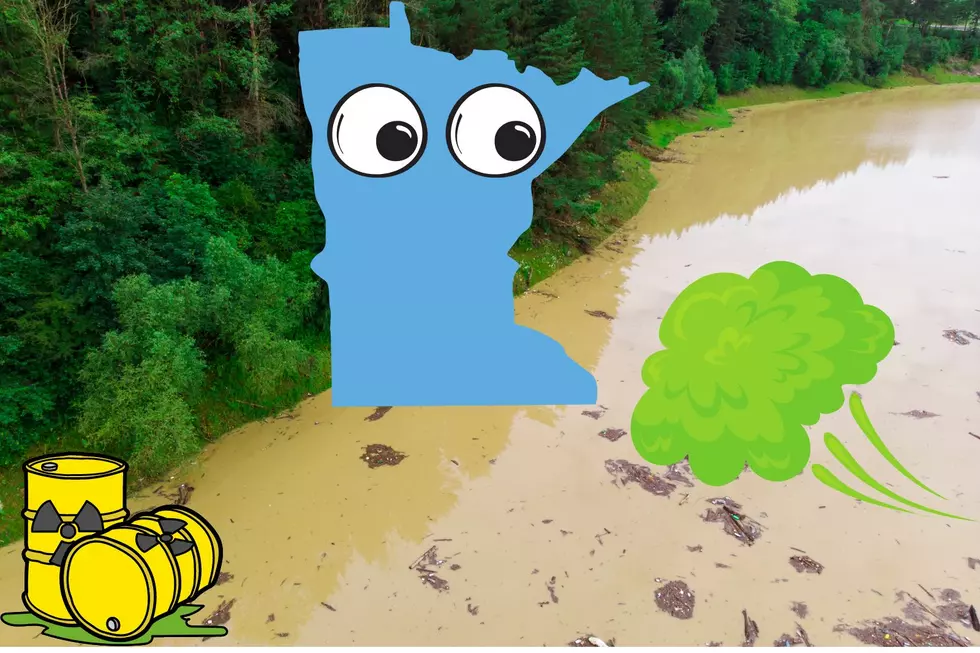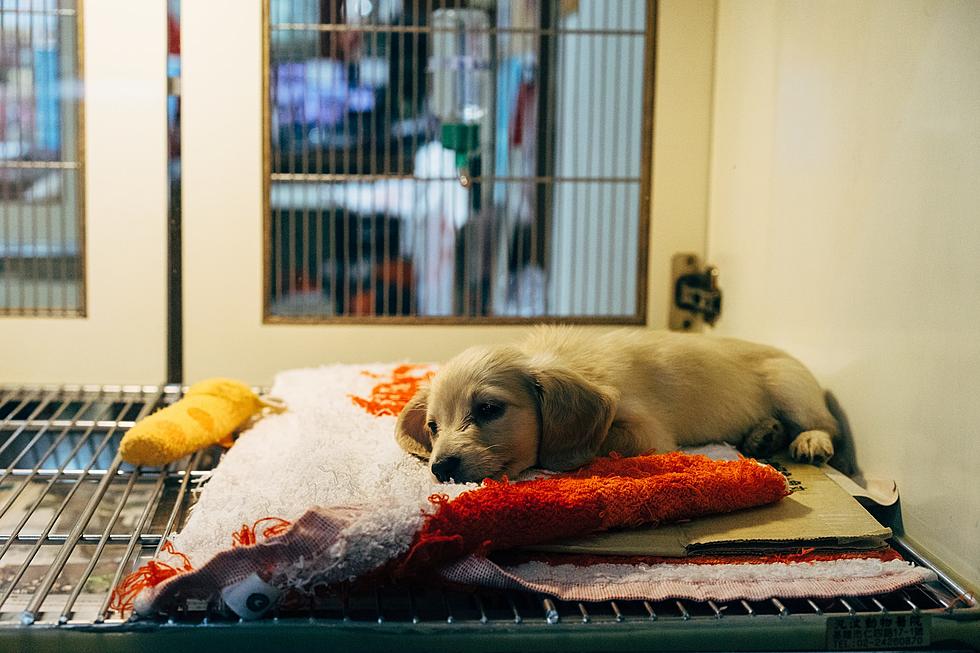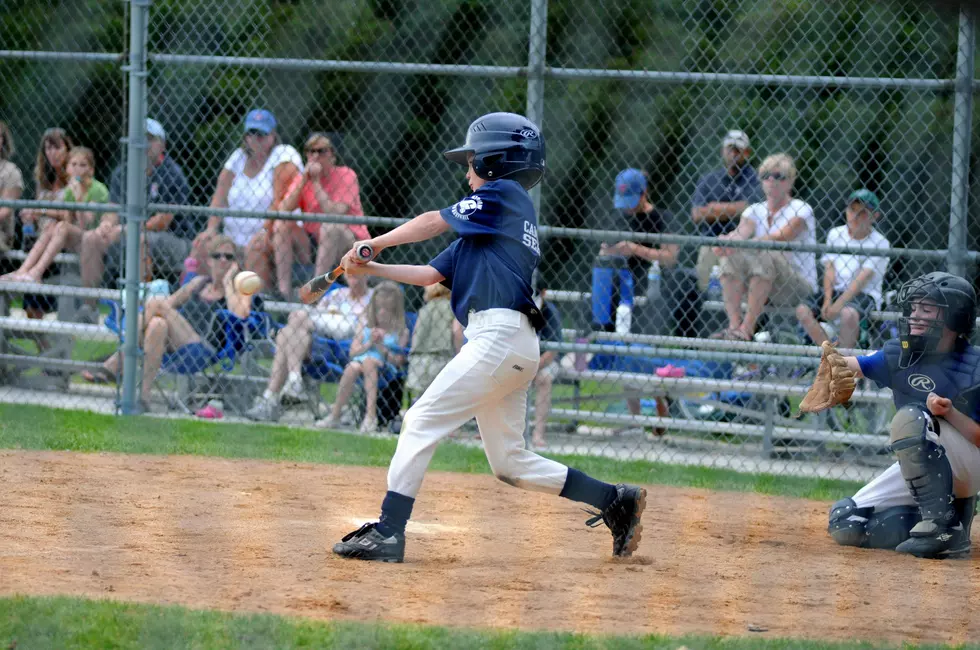
List of Minnesota’s Most Polluted Lakes Revealed
Minnesota may be the Land of Ten Thousand Lakes, but not all of them are pristine waterways. Several lakes within the state's boundaries are quite polluted.
In this list, we'll explore some of the dirtiest lakes in the entire state, and explain just how they got that way in the first place.

There are several reasons why these Minnesota Lakes are on the dirty side. Whether it's from decades of water pollution, agricultural runoff, or other factors; these are some of the dirtiest lakes in the state.
The Minneapolis/St. Paul Metro is one of the worst offenders in terms of water quality, with several lakes making the list. These include Meuwissen Lake, west of Chaska, Chub Lake, south of Lakeville, Lake Augusta in Mendota Heights, Lake Maria in Wright County, and Hazeltine Lake in Chaska. These results come from a study done by the Metropolitan Council a few years back.
In Southeast Minnesota, Lake Pepin, a naturally occurring lake along the Mississippi River, has long had its issues with pollution, due to high sediment runoff. And Lake Phalen in St. Paul is another waterway that's had a history of water quality, with years of buildup of PFOS chemicals, also known as "forever chemicals", which mainly come from consumer products used in the kitchen and bathroom.
Other lakes in Greater Minnesota with the same problem of "forever chemicals" plaguing their water include Lake Winona in Alexandria and Wild Rice Lake and Fish Lake, which are located north of Duluth.
But not all of the Land of Ten Thousand Lakes are in as bad of shape as those listed above. In fact, many Minnesota Lakes are thriving, including Deer Lake, north of Grand Rapids, which was recently named the clearest lake in the entire state.
Story Sources: Twin Cities Dot Com Website, MPR Website, Kare 11 Website, KXRB Website
Dives Worth a Drive in South Dakota, Iowa and Minnesota
Gallery Credit: Karla Brown


